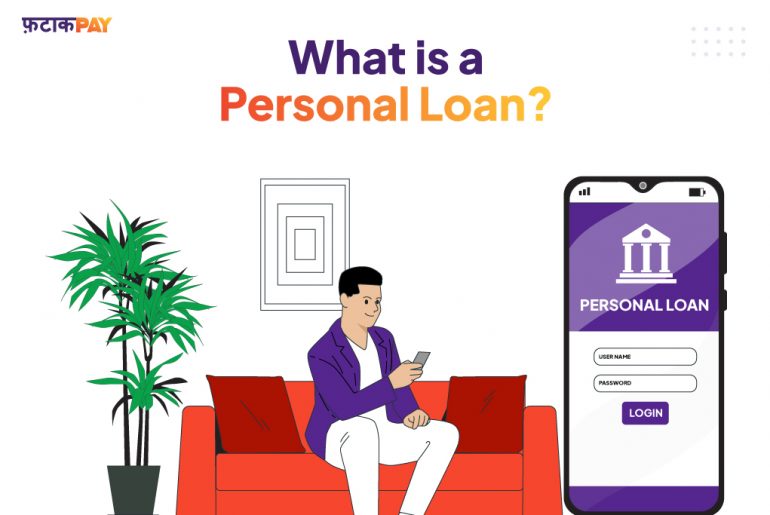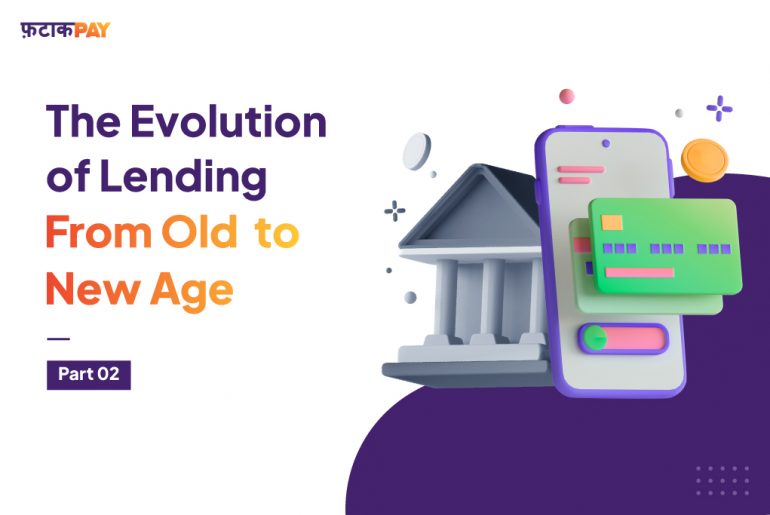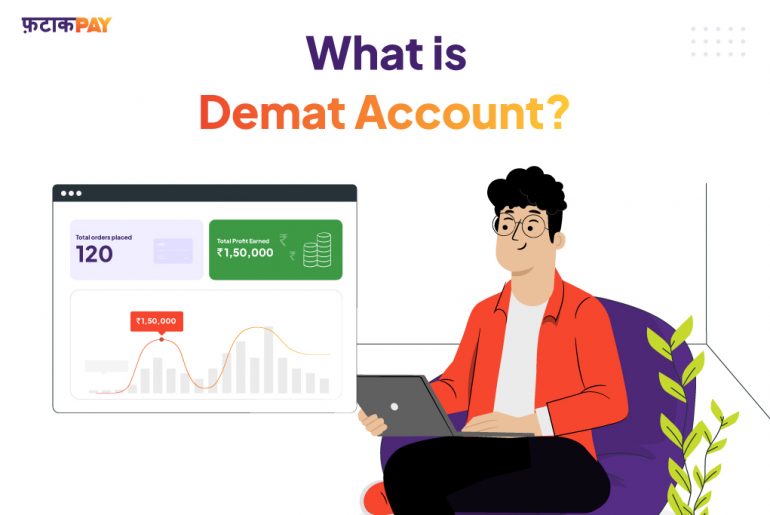In today’s blog, we are going to talk about Personal Loans. We will learn in detail about how to take a personal loan. We will also see in what situations you should opt for a personal loan. Personal loan is the most expensive loan. So you should generally avoid it. We will also look at the eligibility criteria, the documentation required, and the interest rate charged generally to get a personal loan.
A Detailed Explanation about Personal Loan
A personal loan is an unsecured loan with high interest rates. There is no security/collateral in personal loans, hence the interest rates are high. A person gets a personal loan on the basis of his/her credit history with instant approval. Credit history refers to the loans a person has taken in the past, or the way in which the person has used his/her Credit Card.
To put it in simple words, credit history looks at the payment history, i.e if you paid your dues on time. When you pay your dues on time, you get a good credit score.
When it comes to instant approval, people can get a Personal loan within a time span of 30 minutes.
Another positive about Personal loans is that minimum documentation is required. A person can get a loan for the following : Vacation, Home Renovation, Wedding, Medical Emergency, Education, Home Appliances, etc.
In case of a Personal loan default, a bank cannot recover loan dues as there is no collateral involved. In this case, a person’s credit score is severely hampered. If you have a bad Credit score, it will be difficult in the future to get a loan. A Credit/CIBIL score of 750+ is considered a good score.
When it comes to the Loan amount approval, the range lies from Rs.50,000 to Rs.25 Lacs (This range is an estimate. The minimum and maximum amount can vary with respect to the banks).
The Tenure for the repayment of the loan is between 1 to 5 years. The Interest rate for Personal Loans is generally 3 to 10% higher than home loans. This is the biggest drawback of Personal loans.
Example of a Personal Loan
If someone takes a personal loan of Rs. 5 Lacs @ 15% interest rate per annum, for 5 years, the EMI is around Rs.11,895. Principal amount is Rs.5 Lacs and the total interest payment is = Rs.2,13,700.
Formula for EMI Calculation is –
P x R x (1+R)^N / [((1+R)^N)-1] where-
P = Principal loan amount
N = Loan tenure in months
R = Monthly interest rate
The rate of interest (R) on your loan is calculated per month.
R = Annual Rate of interest/12/100
If the rate of interest is 15% p.a. then r = 15/12/100 = 0.0125
The Lock-in period for a Personal Loan varies between 3 to 12 months. A person cannot close their loan within the lock in period. The bank would want to earn a minimum interest. So generally, every bank has a lock-in period.
The payment of the Personal loan happens through an Electronic Clearance Scheme (ECS) or Auto Debit. The bank auto debits your EMI for your Personal loan.
Eligibility Criteria for Personal loan:
1. The first criteria that we would look into is your Repayment capacity.
Repayment capacity is measured through your Annual income and the amount of loans that you are already paying.
Let’s say your monthly income is Rs.60,000. Your current EMI is Rs.15,000. Then the maximum EMI that you can pay for your new loan is Rs.15,000 ( since you can pay a max of 50% of monthly income as an EMI).
Next Criteria under Repayment Capacity is Minimum Income. The minimum income for which a Personal loan is sanctioned is Rs.15,000 per month. The minimum income criteria can vary with banks.
2. The next criteria is Customer Profile.
The bank sees whether the person is Salaried/Self-employed/Professional/Runs a business. The bank analyses the person’s occupation, the type of company they run (in case they run their own business), the income stability (to see the fluctuations in your income). If the income is not stable, the bank may not grant a Personal loan.
Age is also a criterion under Customer Profile. For salaried people, the general age criteria is between 21-60. For businessmen, the age criteria are roughly between 25 to 65 years.
Credit score plays a huge role in the customer profile as well. Assets and liabilities are also analysed by the bank. The liabilities should not be very high with respect to liabilities. The No of dependents are also taken into consideration. Spouse’s income is also taken into account.
3. Now let’s look at the additional charges for Personal Loan:
The interest definitely has to be paid over the principal, which is the main charge. On top of that, there are additional charges such as:
Processing fees: 1-2% loan amount + GST
Prepayment and Foreclosure charges. These charges are paid when the person pays back his loan before the payback period. Floating interest rate is nil in case of payment from own funds. It is 2-3% of the loan amount in case of loan transfer.
GST @18% on all service charges.
Documents required for Personal Loan:
| Documents | Salaried | Self Employed Professional | Self Employed Non Professional |
| Application form with photograph duly signed | Yes | Yes | Yes |
| Identity, Residence, Age proof | Yes | Yes | Yes |
| Last 6 months bank statements | Yes | Yes | Yes |
| Last 3 months salary slips | Yes | ||
| Processing fee Cheque | Yes | Yes | Yes |
| Form 16/ Income tax returns | Yes | Yes | Yes |
| Proof of business existence | Yes | ||
| Business profile | Yes | ||
| Education qualification certificate and proof of business existence | Yes | Yes | |
| Last 3 years Income tax returns with computation of income | Yes | Yes | |
| Last 3 years CA Certified/ Audited balance sheet and Profit and loss account | Yes | Yes |
Conclusion:
Pros of Personal Loan:
- Minimum Documentation
- Instant approval
Cons of Personal Loan:
- Expensive Loan – High Interest rates
- Higher variation in Interest rates
Tips
- Compare the Interest rate of various banks and negotiate the lowest rate.
- Go for a Personal Loan for:
- Smaller Amounts
- Shorter Time Period
- Urgent requirements when getting other loans is not possible
- Paying higher cost debt like credit cards
Additional links:
Thank you for reading our blog! We hope you are able to apply these learnings when you consider going for a personal loan 🙂 Here are some other blogs/LinkedIn articles for you to check out.
https://www.linkedin.com/pulse/what-nbfc-fatakpay/?trackingId=DYxaWIZVg4eCj2%2FYGCvqxw%3D%3D
About FatakPay:
FatakPay provides virtual credit facilities for all. It’s available on your phone and caters to your everyday needs in both online and offline formats. Payments are done seamlessly through UPI/QR codes. The solution provides an almost zero cost, free, quick, transparent and secure way to transact in a multilingual format with a Scan Now, Pay Later facility and easy repayment options.
Link to FatakPay App: https://link.ftkp.in/2uSI/dkasgvnf







